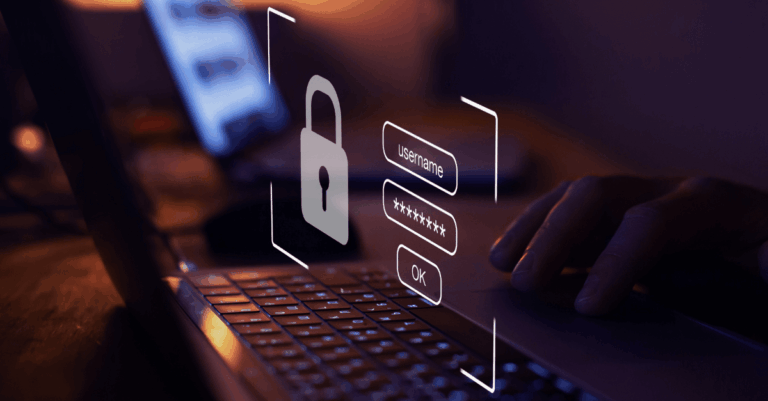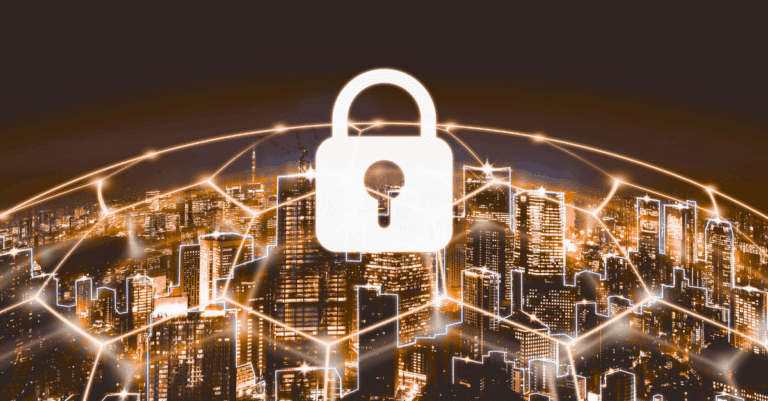Why Businesses Need More Than Antivirus
Cyber threats are evolving fast. From ransomware to insider breaches, companies face advanced threats every day. Traditional tools like antivirus can’t keep up. Small and mid-sized businesses are especially vulnerable.
That’s where Managed Detection and Response comes in. It’s a cybersecurity service that continuously monitors systems, detects and responds to malicious activity, and helps protect your operations from disruption. You get a combination of security experts, AI-powered automation and real-time action without needing your own internal SOC.
“Cybersecurity shouldn’t be a luxury that only large companies can afford. We’ve built our business around making enterprise-grade protection accessible to everyday businesses across Indiana.”
— Boyd Smith, Founder, TechKnowledgey
How This Protection Service Actually Works
This isn’t just another dashboard with alerts. MDR solutions are built to solve one critical problem: alert fatigue. With thousands of pings each day, your team can’t respond to everything so dangerous threats can slip through.
MDR solves this by detecting and responding intelligently. Using machine learning, behavioral analytics, and threat intelligence, the system watches your environment for suspicious behavior. When it finds something, a human analyst investigates and acts quickly, often containing threats before they spread.
You’re not just getting alerts. You’re getting real outcomes.
How MDR Fits into the Bigger Security Stack
When most small and mid-sized businesses think about cybersecurity, they start with EDR (Endpoint Detection and Response). EDR does the important job of monitoring activity on individual devices like laptops and servers to catch suspicious behavior.
But here’s the gap: cybercriminals don’t stop at one device. They move through networks, cloud services and email systems. That’s where MDR (Managed Detection and Response) comes in.
Unlike EDR, MDR goes further by:
- Connecting the dots across endpoints, cloud platforms, firewalls and email gateways.
- Adding human expertise – real analysts who investigate alerts and act in real time.
- Responding directly to threats instead of just flagging them.
Other tools—like SIEM (log collection), SOAR (automation) or even MSSPs (outsourced monitoring)—each play a role. But none deliver the blend of monitoring, investigation and live response that MDR does.
For Indiana businesses, this means peace of mind. You’re not just collecting alerts – you have a team standing guard, ready to shut down an attack before it disrupts your business.
What Sets Real MDR Apart
The best MDR providers don’t just detect, they stop threats cold. Here’s what you should expect from a top-tier provider:
- 24/7 Monitoring: The service continuously scans endpoints, networks and cloud services for anything out of the ordinary.
- Live Security Operations Center (SOC): Staffed with seasoned security experts, not just automated bots.
- Threat Detection and Response: Uses both AI-driven tools and human analysts to assess, prioritize and neutralize incidents.
- Incident Response: Includes threat containment, remediation and support to get back to normal fast.
- Threat Intelligence: Keeps systems updated with the latest attacker methods and indicators.
- Integration Capabilities: Seamlessly connects to your existing security solutions, including SIEM, SOAR and EDR tools.
This is more than coverage. It’s a managed, proactive defense strategy.
Real-World Example: When Seconds Matter
An employee clicks a phishing link. Malware installs silently.
Your managed security services team sees unusual traffic and flags it. Thanks to built-in machine learning, the system recognizes patterns of data exfiltration. A security analyst steps in, isolates the affected device, and stops the spread – all before sensitive data leaves the network.
This isn’t theoretical, it’s what effective MDR looks like.
Cost vs. Risk: What’s Worth More?
Yes, MDR has a cost, but recovering from a breach often costs far more. Lost revenue, downtime, compliance fines and damaged trust are difficult to repair.
MDR pricing scales to fit your organization’s needs: the number of users, the level of incident response and how quickly you want resolution. For most businesses, it’s a more realistic solution than building a full security operations center in-house.
Common Questions from Business Owners
Do I need MDR?
If you store sensitive data, run mission-critical operations daily or fall under compliance laws – yes.
Does it really reduce alert fatigue?
Yes. Analysts filter false positives and only escalate real threats, so your team stays focused.
Will it work with our current tech?
Good providers offer integration with your existing stack, including SIEM and other detection tools.
Does it support compliance?
Absolutely. You’ll receive audit-ready reporting and policy documentation to support frameworks like HIPAA, GDPR and more.
Why TechKnowledgey Offers MDR
We’ve seen firsthand how damaging cyberattacks can be, and how overwhelming security jargon makes it worse. That’s why we deliver comprehensive threat detection and response services, designed for real businesses with real challenges.
With TechKnowledgey, you get:
- Continuous protection across endpoints and networks
- Expert-led incident response without the overhead
- Streamlined compliance support and reporting
- A local partner who understands your business
Want to see how it works in your environment? Schedule a free consultation.






